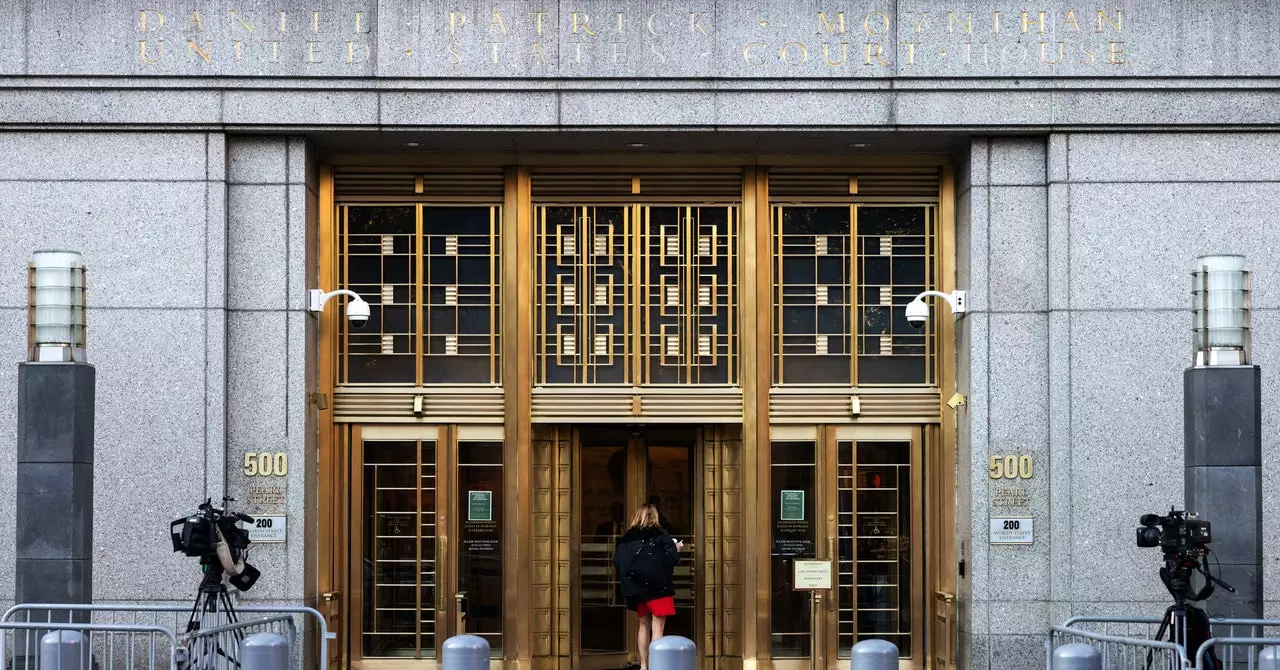The case of FTX, once a leading crypto exchange, has showcased the intricate dance between legal proceedings and the unique landscape of cryptocurrency. With a recent decision by a U.S. judge to allow substantial refunds for former customers, there are valuable lessons to be gleaned from this atypical bankruptcy saga.
At the heart of the FTX bankruptcy case was Judge John Dorsey’s ruling in Wilmington, Delaware, which granted final approval to a reorganization plan that aims to return billions to affected customers. This action followed a Chapter 11 bankruptcy filing in November 2022, when FTX, unable to support customer withdrawals, succumbed to financial collapse. The subsequent hearing marked a pivotal moment not only for creditors seeking restitution but also for the legal intricacies that surround corporate bankruptcies.
Judge Dorsey noted that this case may serve as a “model” for resolving complex bankruptcy matters. His commendation of the efforts made during the negotiation process speaks to the collaborative spirit that emerged amid the chaos. However, while this framework may appear ideal, it also raises questions about the sustainability and replicability of such resolutions in future crypto collapses.
The FTX collapse led to a legal spiral that included the criminal convictions of high-profile figures such as Sam Bankman-Fried, the company’s founder, and Caroline Ellison, a close associate. Both were embroiled in illicit activities tied to the misappropriation of customer funds, which had been funneled into extravagant and risky ventures. Such narratives are not just cautionary tales; they reveal the nefarious potential when financial technology outpaces regulatory structures. The 25-year sentence for Bankman-Fried and the two-year term for Ellison highlight the severity of financial betrayal, both from a legal and ethical perspective.
More than just punitive justice, the outcomes of these trials impact public trust in cryptocurrency exchanges. Customers once attracted by the allure of easy access to digital assets must now navigate a complicated web of ethics, legality, and financial viability when dealing with these platforms.
One remarkable outcome of the FTX case is the projected reimbursement of customer deposits, a rarity in bankruptcy contexts. Traditionally, creditors often settle for merely a fraction of their claims, yet the FTX restructuring plan has laid a path for nearly full reimbursements, paired with interest. This shift emphasizes the unique position of cryptocurrencies, where the value of assets can ebb and flow dramatically, influenced by market trends.
The complexity of FTX’s bankruptcy highlights a broader discussion within financial sectors regarding asset recovery processes. According to Yesha Yadav, a bankruptcy specialist, such full recoveries are considered near miraculous. While FTX’s administrators were able to recover funds through the liquidation of various investments and the appreciation of crypto assets, the very dynamics of their operational model contributed to their downfall.
Despite the promising recovery plan, not all creditors feel adequately compensated. A notable point of contention is the dollarization of crypto asset claims—assigning a fixed dollar value at the time of bankruptcy rather than at the present value. This methodology means that, despite an apparent excess recovery rate, customers who held crypto assets like Bitcoin may find their potential recovery diminished due to the timing of valuation. As the crypto market has rebounded since the FTX collapse, many feel short-changed by a system that does not consider the fluctuations of digital asset value.
The juxtaposition of theoretical recovery metrics against real-world valuation raises critical questions about fairness in bankruptcy proceedings. While dollarization helps streamline processes, it can also limit the equity options for customers whose claims might have soared in value in the following months.
As the FTX case continues to unravel and settle, stakeholders in both the crypto and financial sectors should assess the ramifications of this unprecedented situation. While the prospect of a model recovery plan offers hope, it simultaneously indicates a need for greater regulatory oversight and refined valuation methodologies.
Ultimately, discussions surrounding the future of cryptocurrency exchanges must grapple with the realities unearthed by the FTX saga. Stakeholders must work towards creating an environment where both innovation and consumer protection coexist, ensuring that the lessons learned do not become mere historical footnotes but catalysts for meaningful change in the financial landscape.

